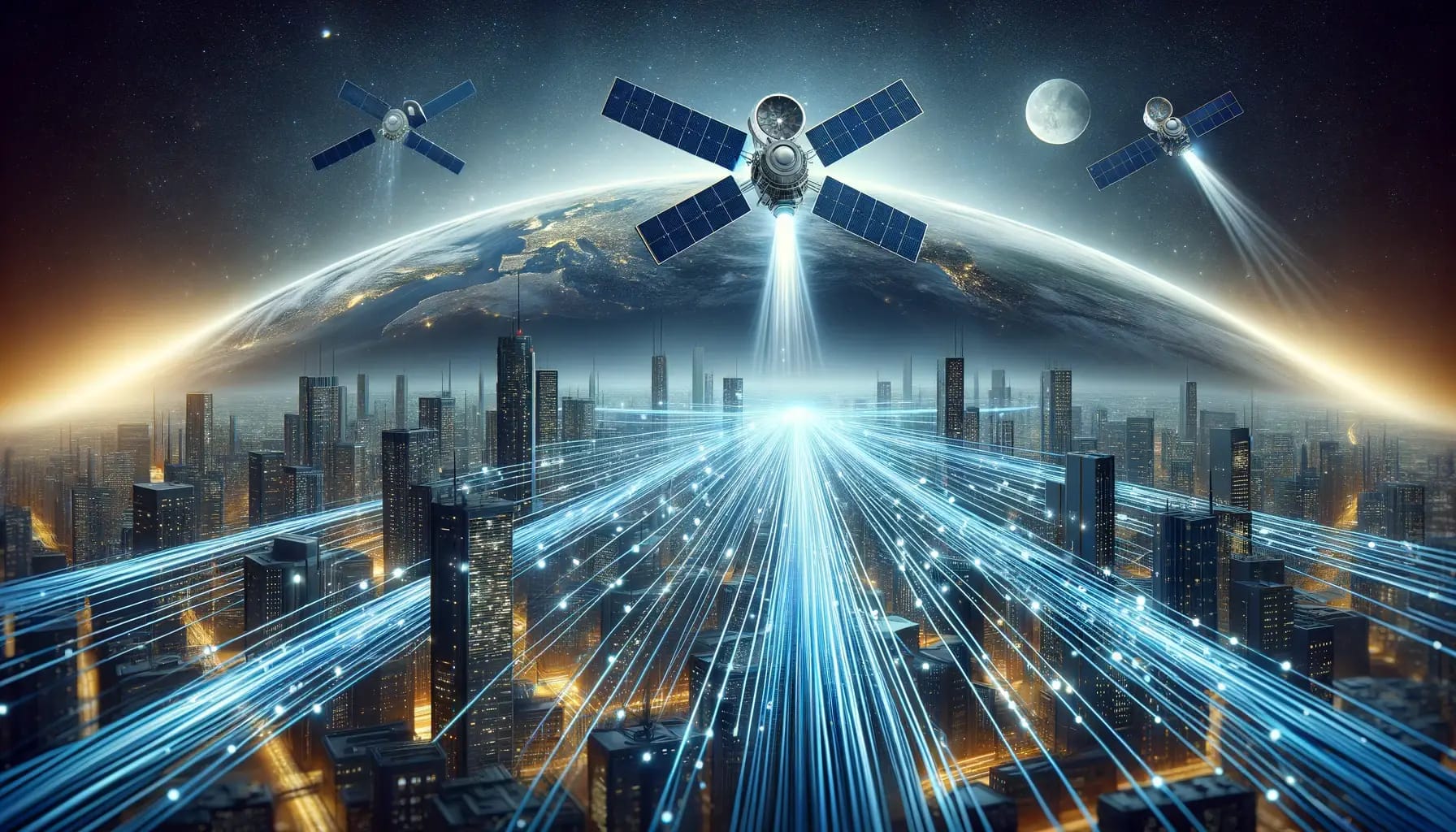🌐 Is Satellite Internet a Threat to Fiber Optics? A Dive into the Emerging Landscape of Connectivity👇
🔍 Understanding the Market Dynamics:
Geographical Reach and Market Segments
Rural and Remote Areas: Satellite internet shines in remote locations where laying fiber optics is cost-prohibitive. It emerges as a beacon of connectivity, not as a threat but as a complementary force to fiber optics.
Urban Areas: The urban landscape remains a stronghold for fiber optics, thanks to their unmatched speed, reliability, and low latency.
Performance Metrics: Speed, Latency, and Reliability.
Fiber optics lead the race with higher speeds and lower latency, crucial for bandwidth-hungry applications.
Fiber networks also boast greater resilience to weather-related disruptions compared to their satellite counterparts.
Cost Considerations in Deployment and Maintenance
While fiber optics require substantial initial investment, especially in sparsely populated areas, satellite internet proposes a cost-effective alternative post its infrastructure setup.
The Future Trajectory: Technological Advancements and Expansion Plans
Satellite technology is on an upward trajectory, closing gaps in speed and reliability.
Ongoing expansion efforts by both fiber and satellite providers are redrawing the competitive landscape.
A Scenario of Coexistence Rather Than Competition
Satellite services like Starlink augment rather than threaten fiber optic networks. In the grand scheme, they fill vital coverage gaps, particularly in regions less viable for fiber deployment.
In urban settings, the supremacy of fiber optics remains undisputed, while satellite internet is a game-changer in less accessible areas.
This coexistence is pivotal for achieving the broader goal of universal high-speed internet access, representing a complementary synergy rather than a direct rivalry.
Conclusion
As we step into this new era, it’s crucial to embrace both technologies for their unique strengths and roles in shaping a more connected world. Whether it’s fiber optic’s speed and reliability in urban centers or satellite internet’s reach in remote corners, together, they weave a more inclusive and accessible digital future.



